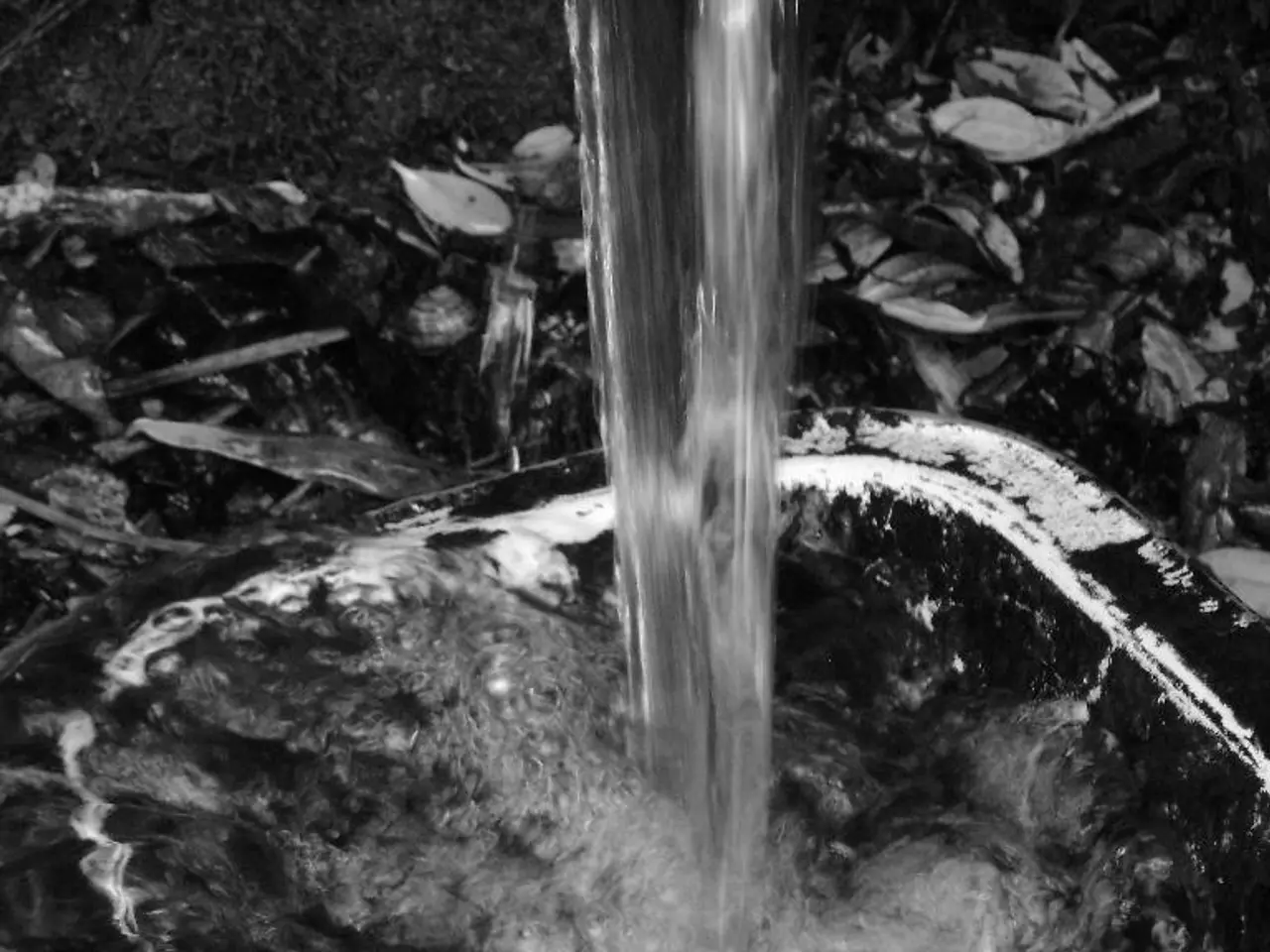Watering: A guide to getting it right
In the world of houseplants, maintaining the right balance is key to their health and longevity. Here are some essential tips to help your green friends thrive.
Firstly, it's important to understand the significance of watering. If a plant is severely dry, avoid generously watering it all at once. Instead, opt for gradual hydration to prevent root rot. Conversely, insufficient watering can result in roots drying out, as moisture may not reach them all.
The pot size should ideally match the size of the root system, with roots occupying about 70% of the pot's volume. A suitable soil should be loose with good air permeability, allowing for effective water absorption and drainage. However, watering in one spot can lead to only part of the soil getting moist, leaving other roots dry. To ensure even hydration, water around the entire pot.
When it comes to watering frequency, Anton Reinhardt, the chairman of the Kreisgruppe Lichtenfels of the Bund Naturschutz, advises watering when the plant needs it, not on a fixed schedule like once a week. He also emphasizes that frequent but sparse watering is a big mistake.
To check the moisture level, you can insert a finger or a wooden stick 2-3 cm into the soil. If it feels wet, postpone watering. A visual inspection can be aided by using a transparent pot, allowing you to see the soil moisture levels.
Preventing root rot and soil acidification is crucial. Excess water from the tray or outer cachepot should be poured out after watering. If you're dealing with transplant soil (such as peat or coconut), it often dries into clumps, not absorbing water effectively. In such cases, water generously and leave the pot in water for 20-30 minutes, then drain excess water.
The ideal watering method is to water generously, allowing the soil to drain through drainage holes. This ensures thorough soil moistening. The soil should ideally be loose and well-draining, not forming clumps and should absorb water effectively.
In terms of light, good light stimulates photosynthesis and water evaporation from leaves, helping the plant absorb water. However, reduced watering is necessary in fall and winter due to slower growth from less light.
Lastly, fertilize only healthy plants. The frequency depends on the growth period, with more frequent fertilization during active growth and less in winter. Remember, a dry pot is lighter than a wet one, so over time, your hand can remember this weight.
By following these tips, you'll be well on your way to keeping your houseplants healthy and vibrant. Happy gardening!
Read also:
- Understanding Hemorrhagic Gastroenteritis: Key Facts
- Stopping Osteoporosis Treatment: Timeline Considerations
- Expanded Community Health Involvement by CK Birla Hospitals, Jaipur, Maintained Through Consistent Outreach Programs Across Rajasthan
- Abdominal Fat Accumulation: Causes and Strategies for Reduction







